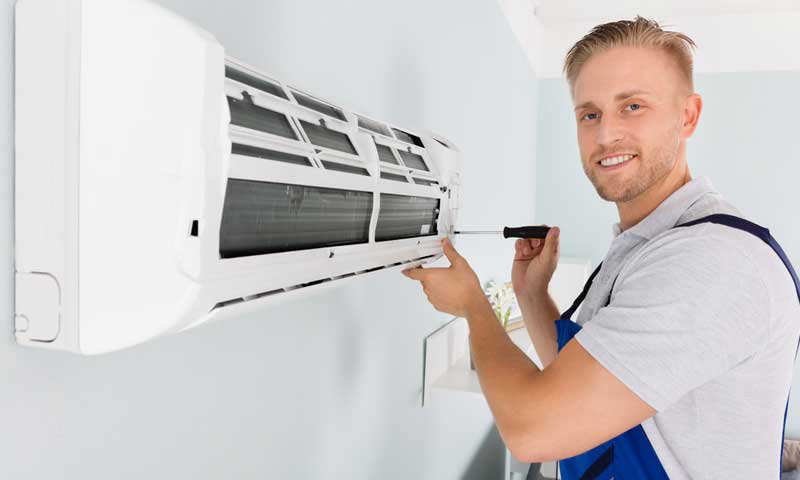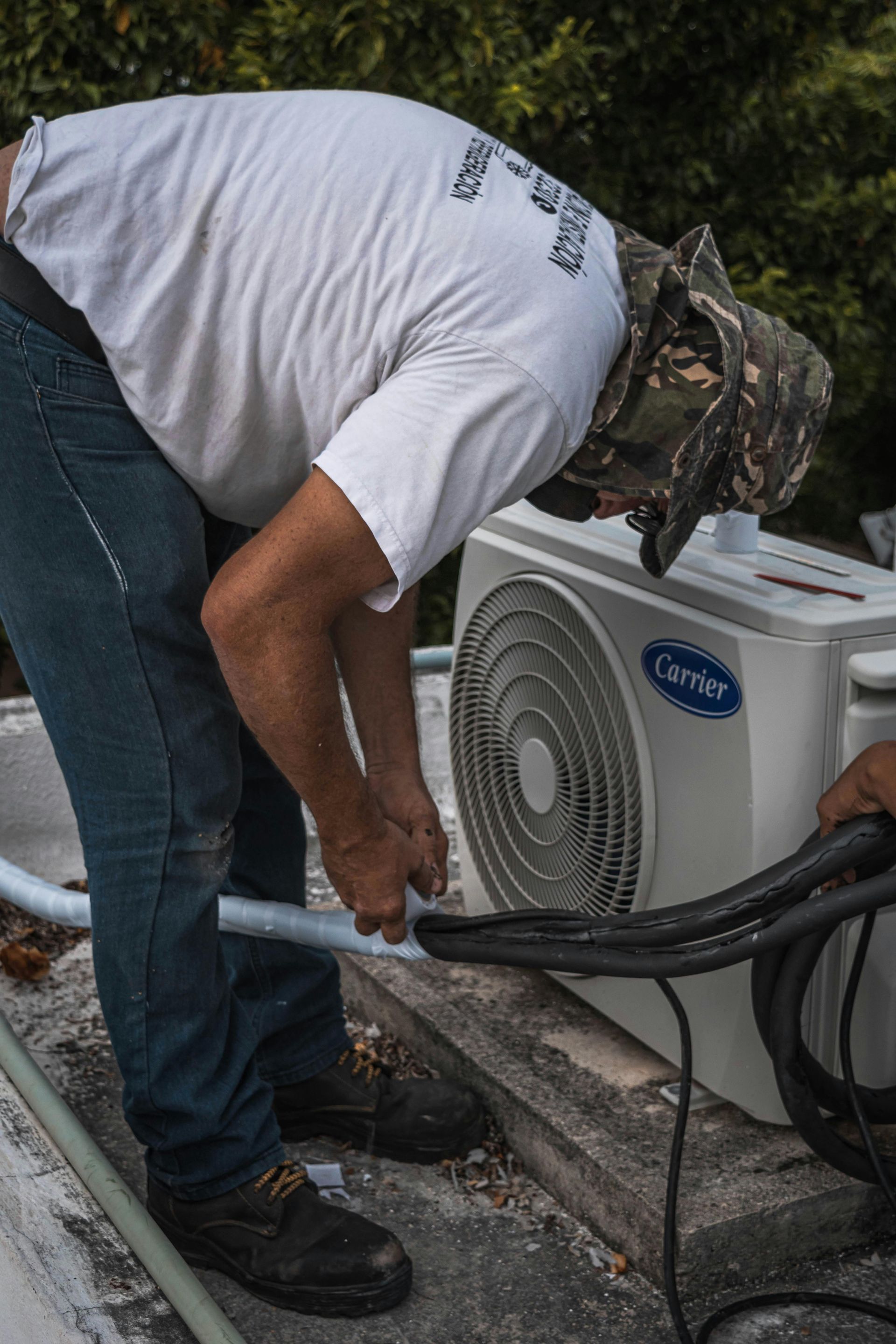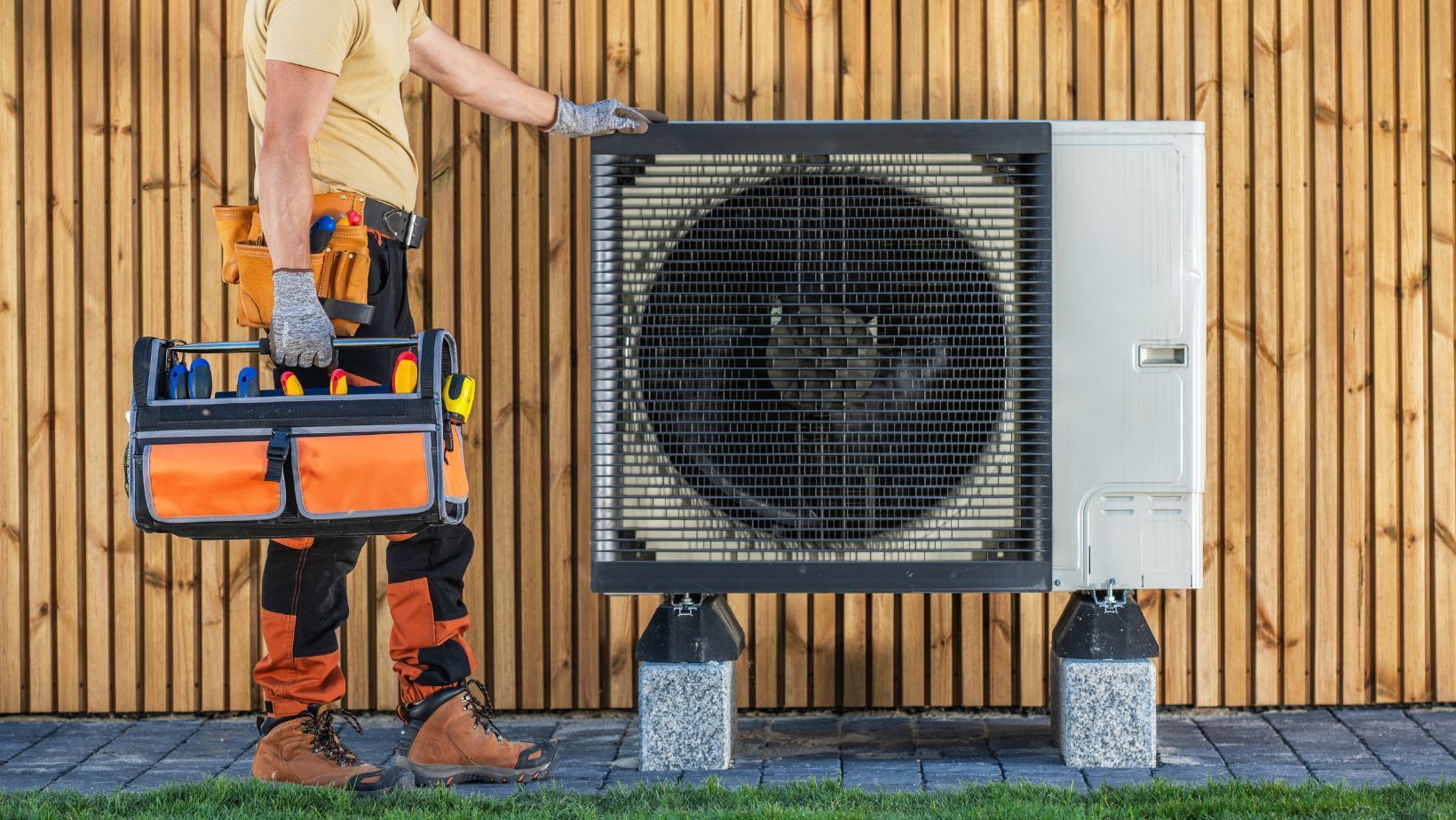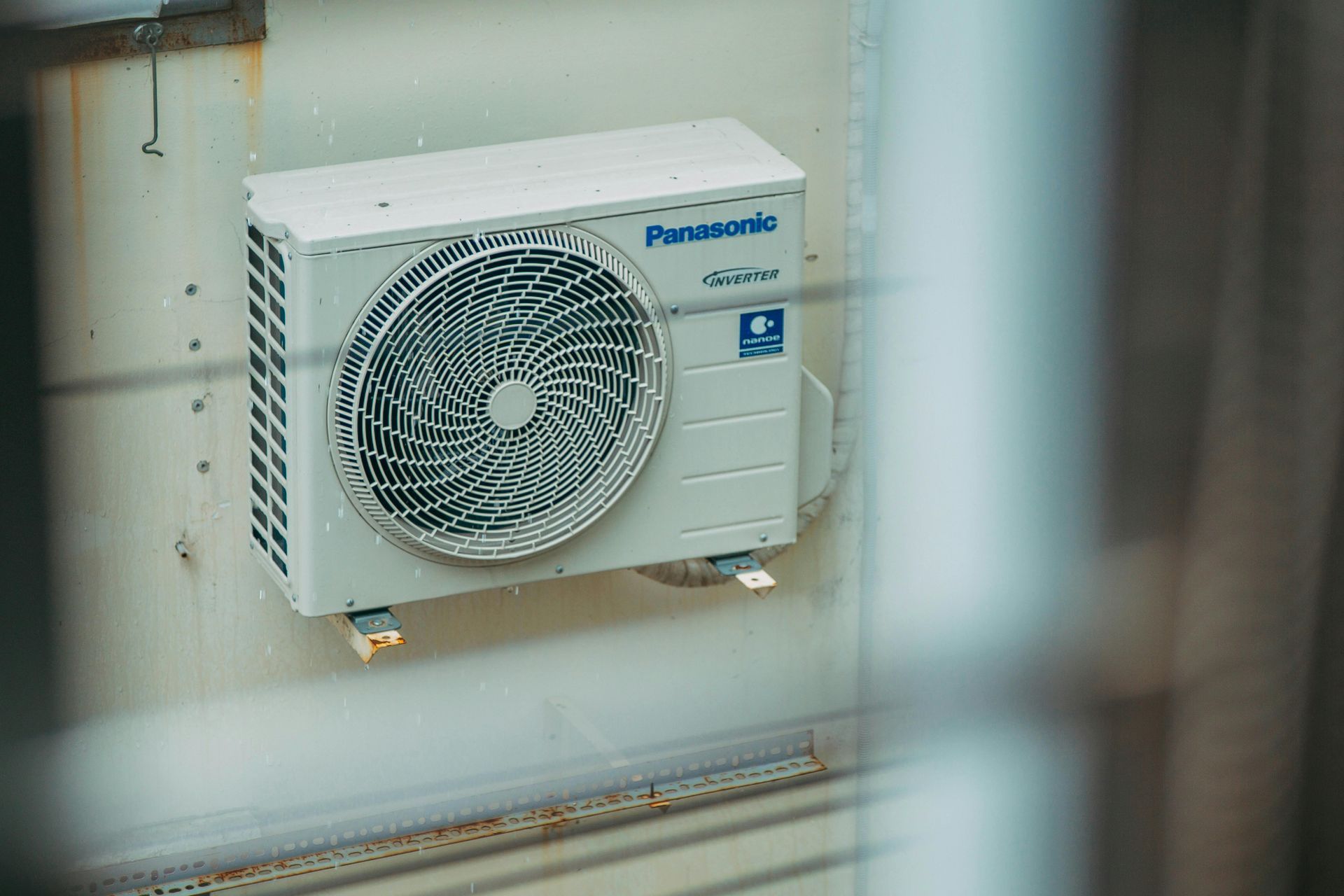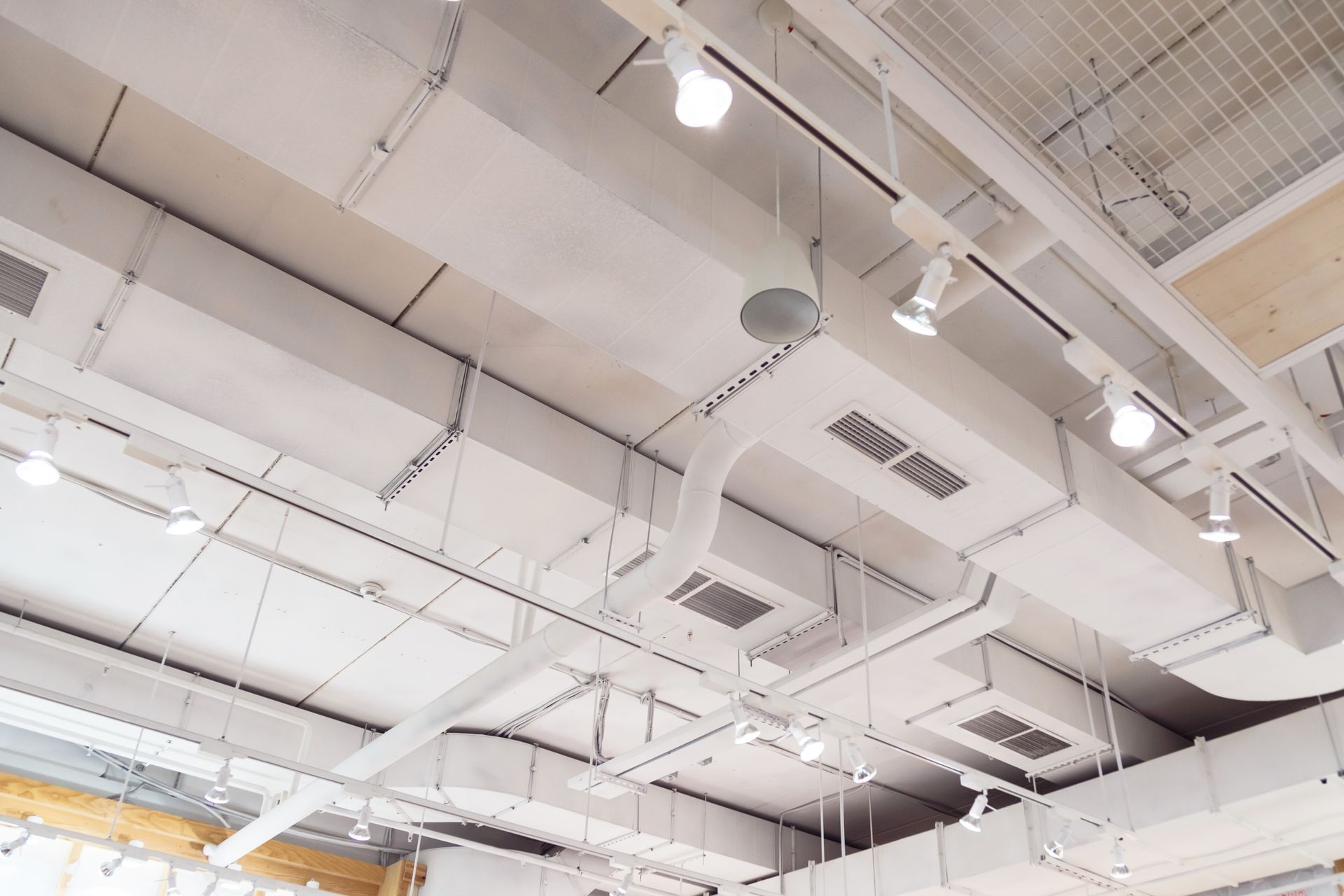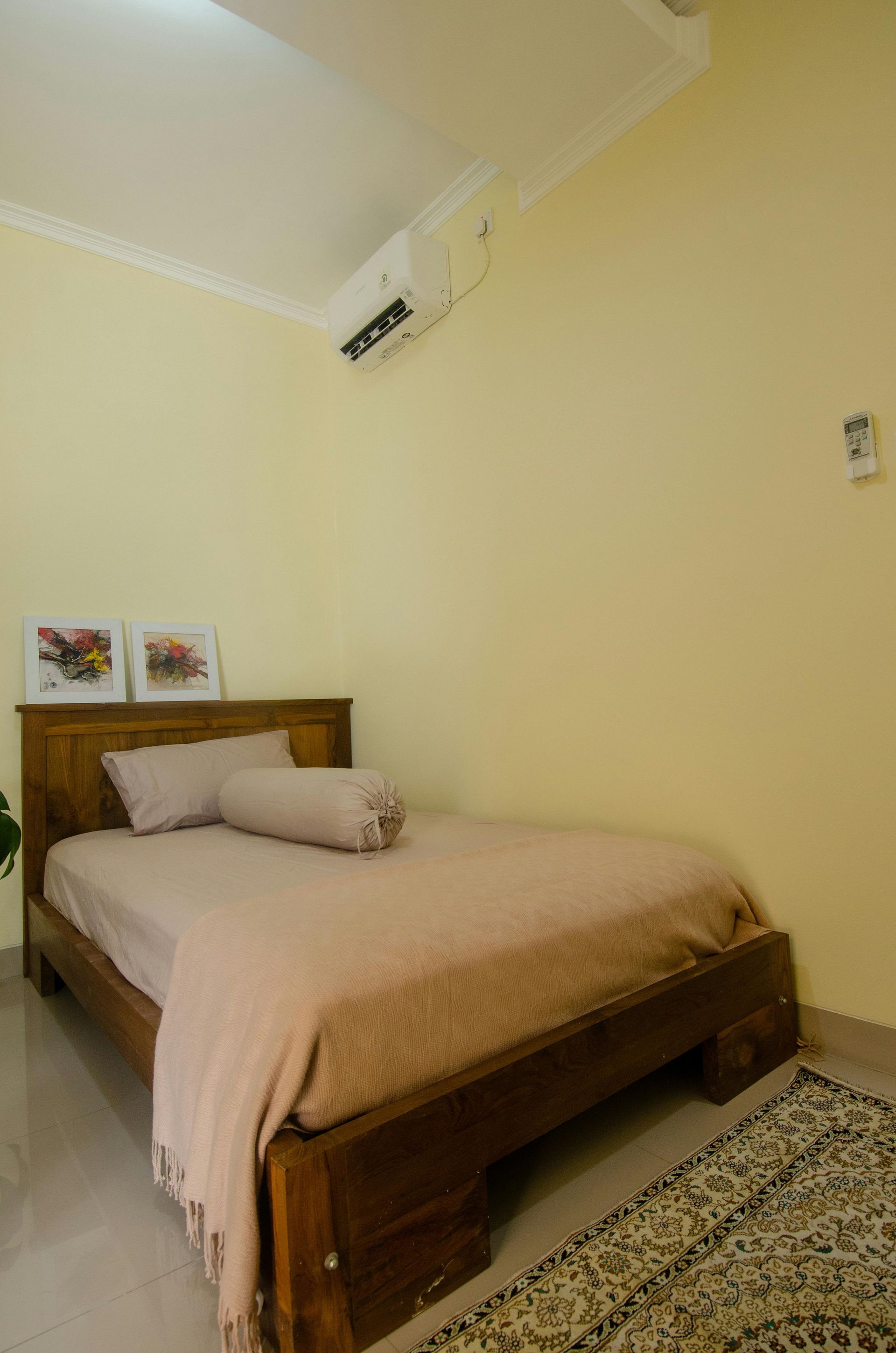Energy Efficiency and Comfort: Why Split System HVAC Is Trending in London, Ontorio
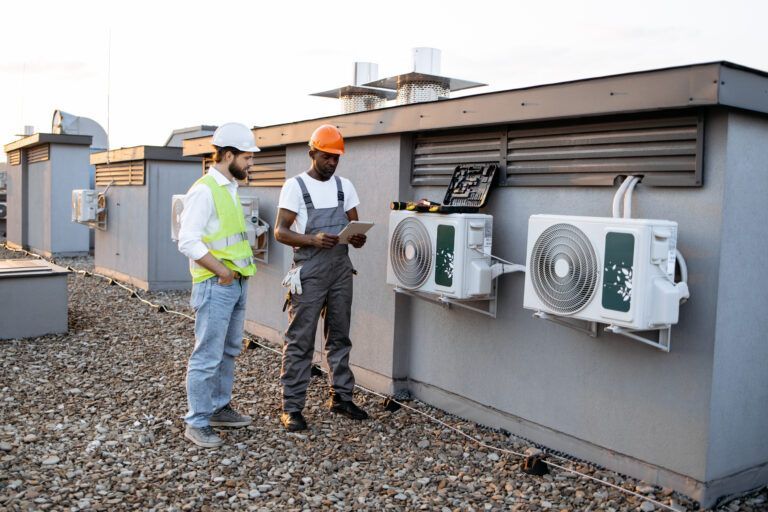
In London, Ontario, where weather conditions fluctuate significantly—ranging from humid summers to icy winters—homeowners are increasingly seeking heating and cooling solutions that offer both energy efficiency and year-round comfort. The demand for smarter, more adaptable HVAC systems has never been higher.One system gaining widespread attention in recent years is the split system HVAC. Whether you’re upgrading an older unit or outfitting a newly renovated space, this technology offers a promising balance of cost savings and reliable performance.
This article dives into the reasons behind its growing popularity in the region, highlighting the practical benefits and critical considerations that every homeowner should know before making the switch.
Key Takeaways
- Energy Efficiency: Split systems reduce energy loss associated with ductwork.
- Flexibility: Ideal for homes without existing ducts or for room-specific climate control.
- Installation: Professional installation is crucial to ensure optimal performance and safety.
- Maintenance: Regular servicing extends system lifespan and maintains efficiency.
Overview
Split system HVACs are composed of two main units: an outdoor compressor/condenser and one or more indoor air-handling units. This design separates the cooling and heating components for more efficient performance and control. These systems are favored for their energy efficiency, zoning capabilities, and straightforward installation—particularly in homes where traditional ductwork is not feasible.
Unlike central systems, split systems can serve multiple rooms independently, allowing homeowners to adjust temperatures based on room usage and personal comfort preferences. The lack of ductwork not only cuts down on installation costs but also reduces the risk of air leakage, which can significantly impact energy bills. Their sleek, space-saving design and quiet operation make them an attractive choice for modern living.
Advantages of Split System HVACs
Energy Efficiency
One of the primary reasons split system HVAC units are becoming so popular in London, Ontario, is their superior energy efficiency. Traditional central HVAC systems rely heavily on ductwork to transport air throughout the home. Unfortunately, ducts are often responsible for up to 30% of energy loss, especially if they’re in unconditioned spaces like attics or basements. Split systems bypass this entirely by delivering air directly into each room, eliminating duct losses and maximizing energy usage.
This direct-to-room approach allows split systems to operate using less power, especially in homes that only need specific zones cooled or heated at different times of the day. For instance, cooling only the bedroom during hot summer nights instead of the entire house can lead to significant savings.
Some models also incorporate inverter technology, which adjusts compressor speed in real-time based on room temperature—using only the energy needed, rather than constantly turning on and off. This not only saves electricity but extends the lifespan of the system due to reduced wear and tear.
Beyond monthly savings, this level of efficiency supports environmental sustainability. Lower energy consumption translates to reduced greenhouse gas emissions, which is crucial in regions aiming to cut their carbon output. Over time, homeowners not only notice the difference in their utility bills but also contribute positively to environmental efforts.
Flexibility in Installation
Another standout benefit of split system HVACsis their incredible flexibility when it comes to installation. These systems can be mounted high on walls, installed in ceilings, or placed near the floor—offering solutions for various room layouts and aesthetic preferences. Their compact and modern design means they won’t obstruct room decor or take up unnecessary space.
This flexibility is especially beneficial in older homes found throughout London, Ontario. Many heritage homes weren’t originally built with ductwork, making traditional HVAC systems expensive and invasive to install. By choosing a split system, homeowners can enjoy modern climate control without compromising the character of their property or undergoing extensive renovations.
In multi-story buildings or apartments, where retrofitting central systems may be impossible or impractical, split HVACs offer a game-changing solution. Their small footprint and adaptable configuration make them ideal for installations where space is limited or where ductwork simply isn’t feasible.
Improved Indoor Air Quality
Clean air is essential for health and comfort, especially for those with respiratory conditions or allergies. One hidden drawback of traditional ducted HVAC systems is their tendency to collect dust, mold spores, and other allergens, which then get circulated throughout the home.
Since split system HVACs do not rely on ducts, there’s significantly less risk of contaminants spreading from room to room. Additionally, many modern split systems are equipped with multi-stage filtration, including HEPA filters, anti-allergen coatings, and dehumidification features. These enhancements help capture fine particles such as pollen, pet dander, and smoke, resulting in fresher, cleaner indoor air.
By improving air quality, split systems also reduce the likelihood of triggering asthma attacks or other respiratory problems. This can be especially important in London, Ontario, where fluctuating outdoor temperatures often force residents to keep windows closed—making a clean indoor air supply all the more crucial.
Considerations Before Installation
Professional Assessment
While split systems offer numerous advantages, choosing the right one involves more than just picking a model off the shelf. Every home is different, and factors such as square footage, insulation quality, ceiling height, sun exposure, and local weather patterns can all affect system performance.
That’s why it’s vital to schedule a professional assessment before installation. Certified technicians can determine the appropriate unit size (measured in BTUs), recommend placement for optimal airflow, and advise on the number of indoor units needed based on your comfort goals. Incorrect sizing—whether too large or too small—can lead to inefficiency, uneven temperatures, or premature system failure.
At Carver Sheet Metal, our experienced HVAC professionals take the time to evaluate your home’s specific needs to deliver efficient and accurate climate control solutions.
For residents in London, Ontario, considering a split system HVAC, professional consultation and installation are paramount. Carver Sheet Metal, located at 1245 Sunningdale Road E, London, ON, offers expert services tailored to your home's needs. Contact us at (519) 555-3821 to schedule an assessment and ensure your home achieves optimal comfort and efficiency.
FAQs
Q: How often should I service my split system HVAC?
A: It's recommended to have it serviced annually to maintain efficiency and prolong its lifespan.
Q: Can I install a split system in multiple rooms?
A: Yes, multi-split systems allow for multiple indoor units connected to a single outdoor unit, providing individualized climate control.
Q: Are there any government incentives for installing energy-efficient HVAC systems?
A: Incentives vary by region. It's advisable to check with local authorities or consult with your HVAC provider for current programs.
Conclusion
Split system HVACs offer a compelling solution for homeowners in London, Ontario, seeking energy efficiency and comfort. Their flexibility, improved air quality, and potential cost savings make them an attractive option. However, professional installation is crucial to maximize these benefits.
Consider reaching out to Carver Sheet Metal to explore how a split system HVAC can enhance your home's comfort.
